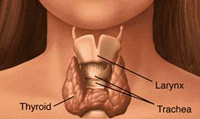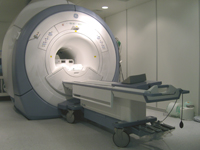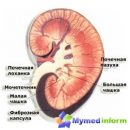Sugar diabetes is one of the most common diseases in the modern world, and nevertheless, we know about it not so much. This is one of the paradoxes, which, on the one hand, is explained by the relatively low level of our medical «Slovnost». And on the other - established in society stereotypes that generate numerous myths about «Sugar Disease».
Content
To start – Answer a few questions
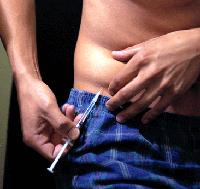
- Are you experiencing a constant feeling of thirst?
- Do you experience a feeling of dry mouth?
- Do you feel nausea?
- It is worried about stripped urination (especially at night)?
- Was it raised lately appetite? You have become more?
- You have decreased weight, despite the increased appetite?
- You are worried about skin itching?
- Recently, you have a weakness?
- Recently, you have become more likely to hurt with various infectious diseases (furunculosis, cystitis bronchitis and t.NS.)?
If you answered more than four questions – It is worth thinking about whether you have such a cunning disease like diabetes.
Diabetes – This is a violation of metabolism in the body in which the blood level of sugar is increased in the blood of a patient.
Completely reasonable question: And what is terrible in the fact that the level of sugar is increased? To answer it, we will have to consider the internal mechanism of this disease in more detail.
Sugar, like other carbohydrates, is the source of energy required for the vital activity of our body. In order for sugar to get into the cage, you need a hormone insulin, which is produced by the pancreas. This occurs normally (in the normal functioning of this mechanism).
And what happens if for some reason the pancreas ceases to produce insulin, or produces a defective (defective) hormone?
If the pancreas does not produce insulin
- Sugar (glucose) remains in the blood and does not fall into the cage
- Cells of the body do not receive sufficient food
- The starving cells of the body are trying to get sugar (glucose) in another way: extracting glucose through the walls of the vessels, the walls of the vessels become more brittle and dense, which leads to impaired blood flow
- Damage to blood vessels lead to complications of diabetes.
The most common two types of diabetes.
Type 1 diabetes develops as a result of the destruction of cells producing insulin. Insulin is not produced, and constant insulin injections are needed to maintain life. This type of diabetes, as a rule, suffer from persons under 30 years old.
Type 2 diabetes - This type of diabetes develops as a result of the production of defective insulin and reduce cell sensitivity to it. Drain diabetes usually after 30 years. Often these people have overweight body.
So the more dangerous complications of this cunning disease?
Eyes: Sugar diabetes is so much striking the retina, artery, veins and the capillaries of the eye, which is possible even full blindness. With 1 type of diabetes, the decline in view may not appear for a long time, but after ten years suddenly detect itself. Unfortunately, with 2 types of vision begins to decline earlier.
Kidney: With the affected blood vessels, the kidney functions are broken, the so-called renal failure appears when the kidneys are not able to form and bring urine from the body
A heart: as Hormone Insulin supports the walls of the vessels in the tone, with its lack of diabetes in patients with diabetes, is several times the infarction develops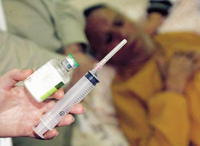 t myocardium, stroke, heart failure.
t myocardium, stroke, heart failure.
Legs: Blood impairment in the legs of patients with diabetes mellitus leads to pains in the caviar of the legs, both when walking and at rest and to the formation of trophic ulcers.
If you do not pay attention to this on time, treatment with drugs can be ineffective and will have to resort to surgical intervention. It is worth noting that the absence of pain in the legs does not mean the lack of affected vessels.
What to do?
If you have found some symptoms or you already suffer from this disease, then here are a few rules that your condition will make it easier.
Consult a doctor just necessary. Endocrinologist, together with a cardiologist, an ophthalmologist, nephrologist, phlebologist will install the type of your diabetes and will appoint properly treated in a timely manner.
Diabetes – This is a lifestyle
You will have to learn how to eat. In some patients, the second type of diet diabetes can be used as an independent method of treatment. Thanks to the withdrawal from food easily visible carbohydrates (sugar, jam, syrups, beer, mayonnaise), it is possible not only to reduce glucose concentration, but also to normalize body weight.
It is also recommended to limit the consumption of cholesterol products: butter, fatty varieties of meat, fat, egg yolk and others. And fruits and vegetables on the contrary to make the basis of your diet, but it is worth considering that in some fruits and vegetables a huge amount of glucose. These include grapes, persimmon, bananas, potatoes.
Blood sugar level must be constantly monitored, and you also need to learn how to do it yourself.
Mandatory strict hygiene stop, avoid injuries of soft tissues of stop, wearing only the right, comfortable shoes.



